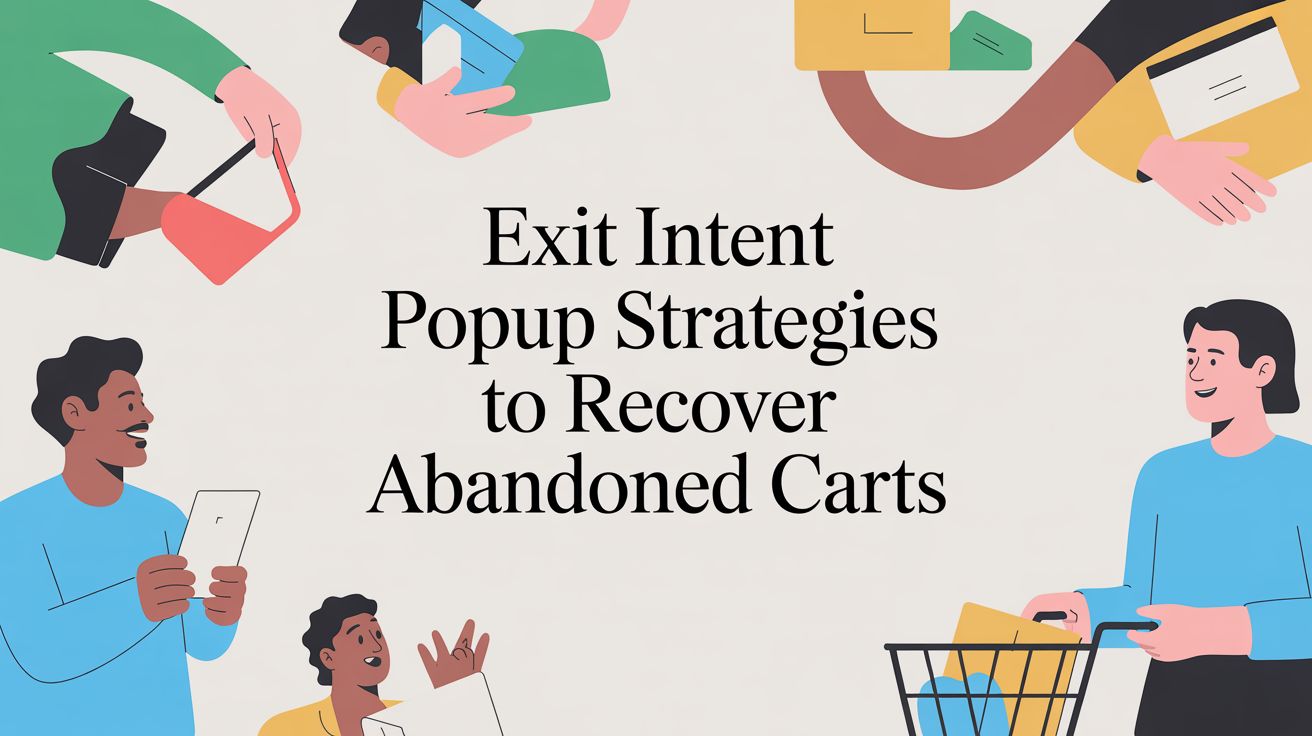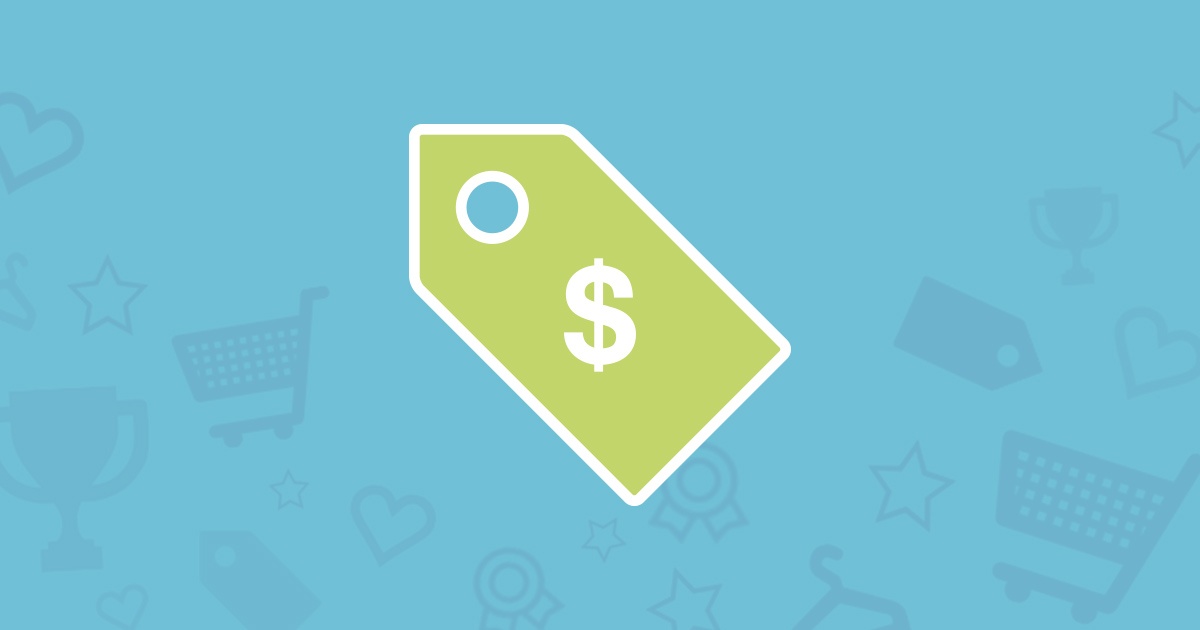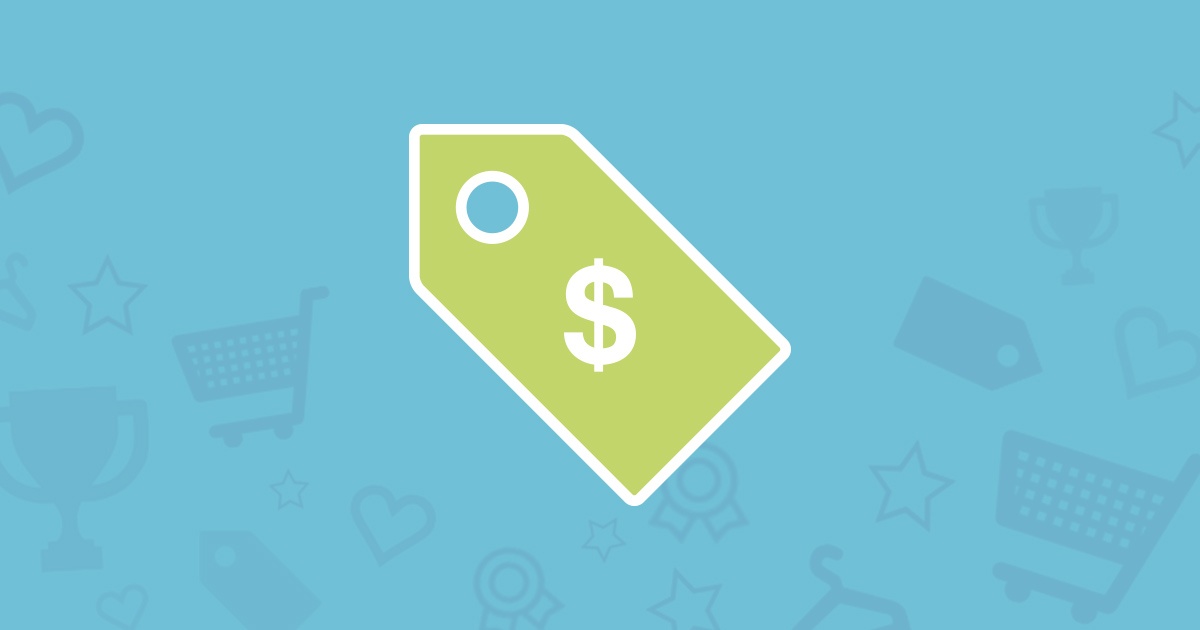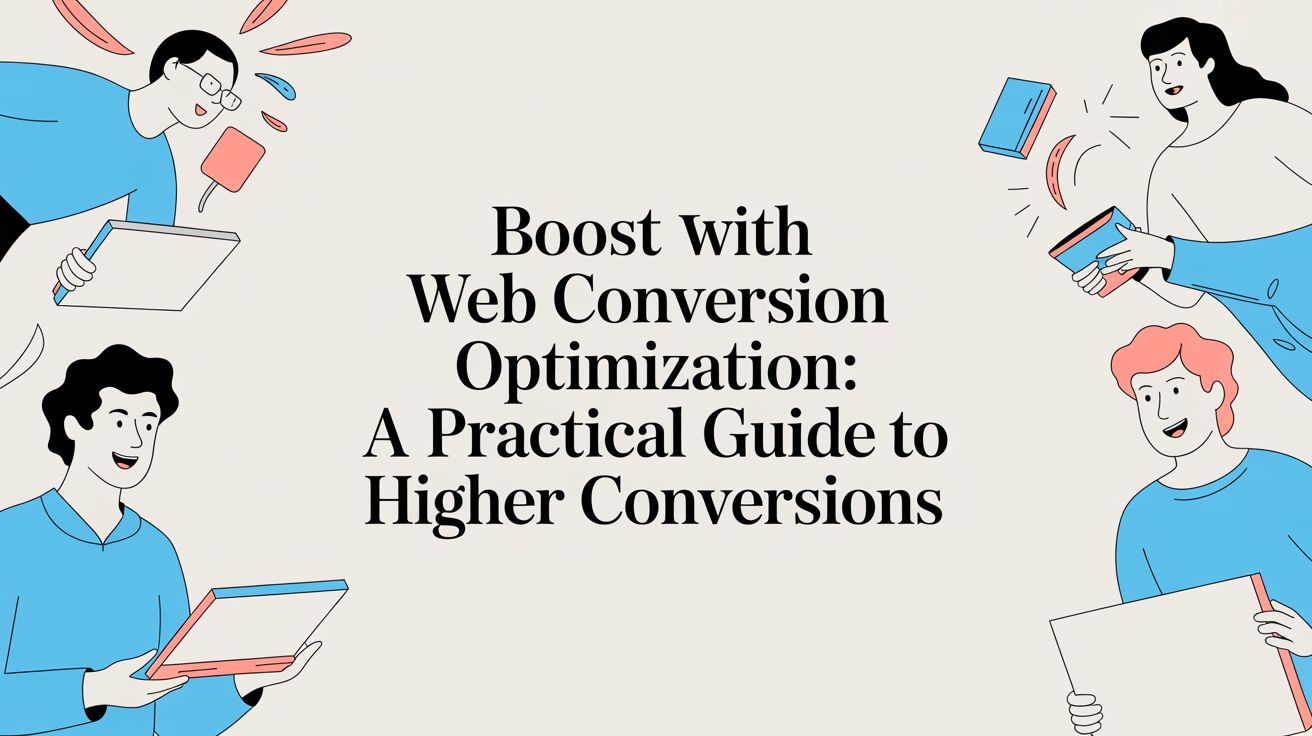
Discounts: Best Practices & Tools

Promotions are everywhere these days—every kind of business is using some form of discounting all year round. Even the companies who say they don’t discount do it every now and then. If you add your name to the email list of any luxury or high-end retailer who says they never discount, you will see that even they do it on occasion to liquidate inventory.
Discounting can be a strategic choice with real benefits (read this great piece from Russ Chadinha at PROS on some benefits). But it also has some risks:
-
You can inadvertently train customers to expect discounts, setting a bad precedent and making them unwilling to purchase without a price break.
-
Discounts can lower the value of your products and services in the eyes of your customers.
-
You are often trading a temporary revenue boost for longer-term reduced profits.
Every week I meet with brands who say they don’t discount or they want to stop discounting for all the reasons I listed above. Here are my thoughts on the role promotional marketing can play in your next strategic discussion about discount strategy.

If you currently discount occasionally but want to do it less—or stop altogether...
Many premium brands I talk to say, “We don’t discount.” But they do. They have end of season sales or “surprise and delights” for their most loyal customers. I think what they mean is, “We don’t want to cheapen our brand,” or “We don’t want to discount more than we already are,” or “We want to make sure we retain our brand’s luxury, premium feel.” They also know if they stop cold turkey, their customers might go to other brands who are motivating them with price incentives, especially when loyalty is low or competition is high.
There is a way to do exactly the same kind of discounting you do now while offering incentives with a more engaging and premium feel, which avoids the three biggest risks I listed above.
-
Make the discounts unpredictable: If your customers know you discount at certain times of year or on certain kinds of merchandise, they will come to expect it. If they never know when the discount is coming, they won’t wait for it. One way to create this unpredictable quality is to deliver the discounts through a game or promotion that has a high-end, luxury feel. One luxury apparel retailer we know did a promotion that increased conversion and opt-in by 50% over previous techniques.
-
Consider the value of the discounts. When you structure the promotion well, even small or tiered offers are snatched up quickly--we often see 10,000 or more rewards claimed in less than five minutes! If you’re offering substantial discounts now and would like the value of your discounts to be reduced without lowering their perceived value, here are some ideas:
-
You can “tier” the discounts (first to respond gets a high-value reward, stepping down to lower value rewards for later responders).
-
You can reduce the time frame during which the offer can be redeemed.
-
You can focus on specific products or product lines.
- You can require a minimum purchase.
-
Use gamification to deliver the discounts. Most companies deliver discounts through email, loyalty programs, or at point-of-sale. No wonder the marketers at these companies are conflicted about the value of these discounts and their ability to impact their brand image. There’s nothing inherently engaging about any of these delivery mechanisms, so the discount itself must be so enticing that it delivers expected results. If you use gamification to deliver the rewards or discounts, customers will value the reward more, feel more excitement and anticipation about the game, and be more likely to participate.
Over the last three years, we’ve seen proof that elements of gamification create the ability to drive incremental participation and acquire highly targeted new customers who are less discount focused than the normal “deal seekers” that turn off some brands. We measure this based on average basket size and lifetime value of participants. I don’t know of any other discount delivery method that delivers those kinds of results.
If you really, really, really, really don’t want to discount at all...
You can still take advantage of promotional marketing techniques that deliver high-quality customer acquisition, through-the-roof engagement, and tangible and predictable increases to revenue. There are lots of rewards you can offer your customers and potential customers that don’t look or feel like a discount. Here are just some examples:
-
Early and exclusive access to a new product, product line, store, or events
-
Loyalty points or leverage within an existing loyalty program,which not only rewards your most loyal fans but could encourage less regular customers to join your loyalty program.
-
Gift with purchase, which is a time-honored strategy for luxury brands to encourage purchase and reward loyalty without eroding the premium feel of their brand.
So the good news is that even if you have a very complicated relationship with discounting, you can either make existing discounts work harder for you or use other strategies. Discounting isn’t just for discount brands, and when done properly, it doesn’t attract only deal seekers. Discounting can produce real results: engagement, acquisition of targeted, quality customers.

Shawn is Quikly's CEO & co-founder.
